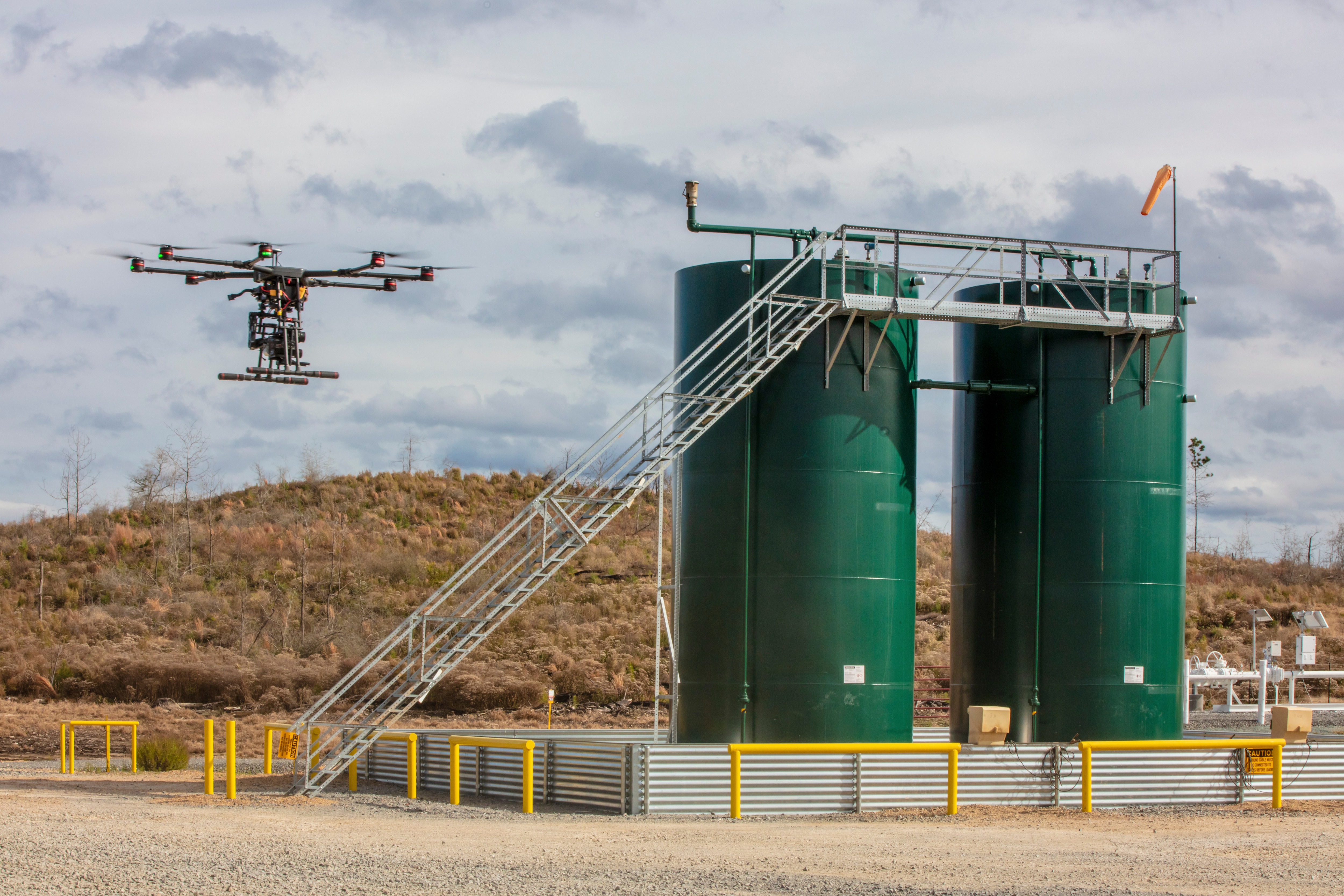

Solar radiation, temperature fluctuations and exhaust gases influence the measuring accuracy, emerging winds can very strongly dilute a methane cloud from a leak. In addition, very large areas must be checked which requires a fast response time from the measuring device.
Once the source of the leak has been found, the question of its origin often remains. If there are additional biogenic methane sources close to the leakage, further clarification is advisable in order to avoid expensive and possibly unnecessary work on a natural gas pipeline.

Its long-term stability is a key benefit in stationary applications. Even after years of use without regular recalibration you may not see any significant loss of performance. The integration possibilities of the LGD Compact are limitless when it comes to vehicle leak detection — especially in small scooters or on a drone. There is always enough space thanks to its compact size and weight of only 600 g. This small footprint in combination with low power consumption enables also very difficult applications like offshore leak detection and underwater research projects.